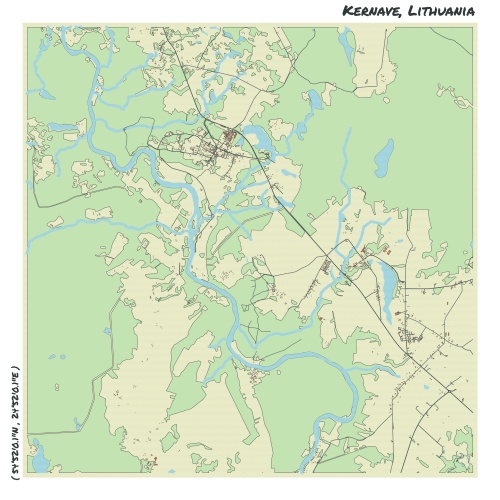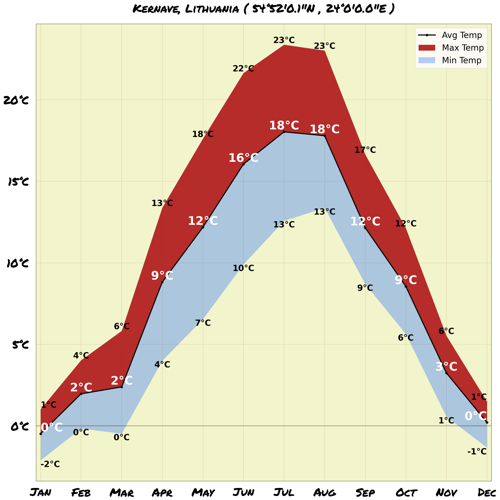Understand
Immerse yourself in the rich history of Kernav, a small town situated on the upper terrace of the beautiful Neris river. Discover the remains of a grand medieval settlement, consisting of five hill-forts and a former capital. Kernav dates back thousands of years, with evidence of settlers appearing as early as the late Palaeolithic Age. Experience the town's thriving past as a hub for craftsmen and tradespeople, first mentioned in written sources in 1279. Marvel at the legend of Lizdeika Hill, shaped like a cone and associated with a prominent priest who foresaw the future capital of Vilnius. Wander through the State Cultural Reserve of Kernav, a UNESCO World Heritage Site since 2004, and explore the area's fascinating history and ancient roots.
Get in
If you are coming from Vilnius, you can take the scenic route by driving on the motorway A2 until you reach Bukikis. From there, you will continue your journey through Aviieniai, Sudervė, and Dukstos. For those traveling from the north (such as Riga, Šiauliai, or Panevys), you will follow the same motorway A2 until you reach the second viaduct to irvintos. From there, you will turn right and follow road No116 towards Kernavė. Visitors coming from the south and west (Poland, Klaipėda, Kaunas, or Trakai) will take the motorway A1 until Vievis. After passing through Vievis, you will take a left turn after the church onto road No108. This road will lead you to a roundabout at a "T" junction, where you will then turn left onto road No116 towards Kernavė. If you are traveling by bus from Vilnius, you can catch one from Vilnius Bus Station, which operates about six times a day. Keep in mind that not all buses go directly to Kernavė, so make sure to confirm the route before boarding.








Comments
NO COMMENTS